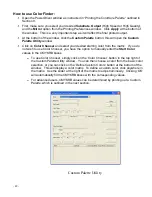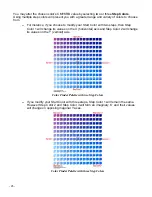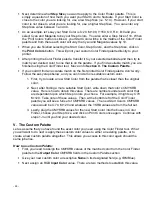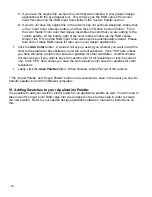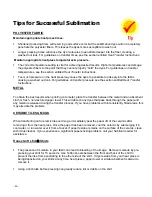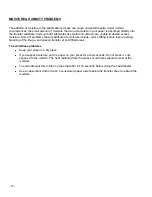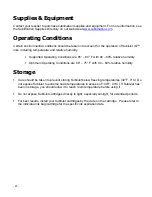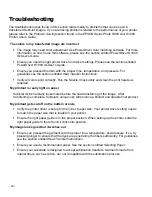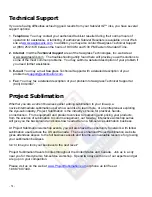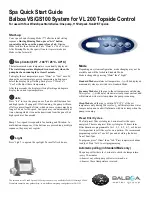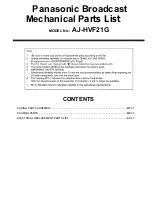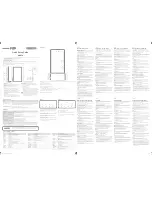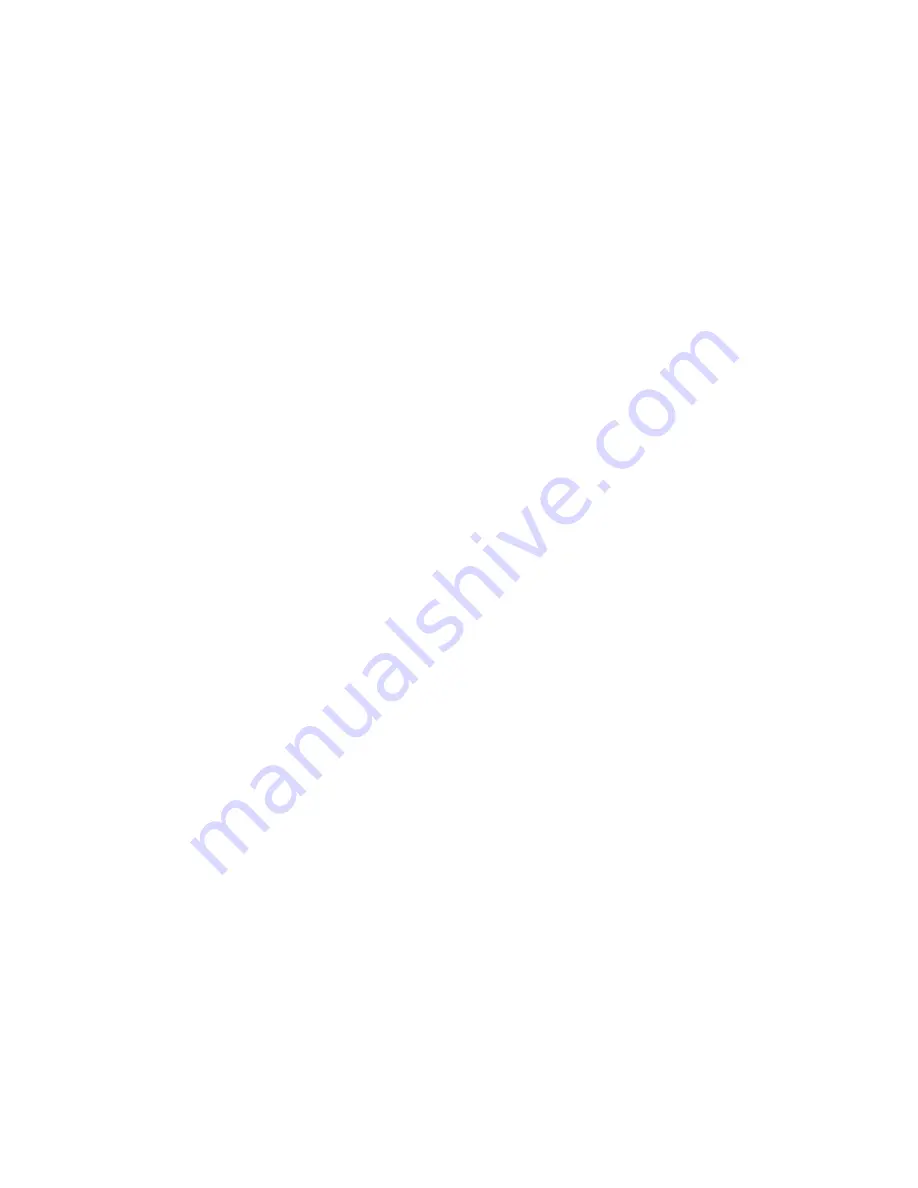
- 44 -
Next, determine what
Step Size
you want to apply to the Color Finder palette. This is
simply a question of how much you want your Start Color to fluctuate. If your Start Color is
close to the color you are looking for, use a low Step Size (i.e. 5-10). However, if your start
color is not close to what you are looking for, use a higher Step Size. You can enter any
Step Size value between 1 and 40.
As an example, let’s say your Start Color is C:20, M:100, Y:150, K:0, R:0, B:0 and you
select Cyan and Magenta to be your Step Colors. You also enter a Step Size of 10. When
the ‘Print Colors’ button is clicked, your Start Color will be in the middle of the Color Finder
palette and from there each color will vary the Cyan and Magenta values by 10.
When you are finished selecting the Start Color, Step Colors, and the Step Size, click on
the
Print Colors
button. This will print your custom Color Finder palette directly to your
printer.
After printing the Color Finder palette, transfer it to your selected substrate and then try to
match your desired color to one that is on the palette. If you find a suitable match, you are
finished using the Color Finder tool. Move on to
Section V. The Custom Palette
.
If you couldn’t find an accurate match on the first printed Color Finder palette, don’t worry.
Follow the easy steps below, and you can find a more suitable custom color.
1. First, try to locate a new Start Color from the palette that is closer than the original
color.
2. Next, after finding a more suitable Start Color, write down that color’s CMYKRB
value. Here is how to obtain this value. There are numbers under each color that
are dependant upon which Step Colors you chose. For example, it might say C:70
M:120. Take note of these values. Then, at the bottom left of the Color Finder
palette you will see a full set of CMYKRB values. The new Start Color’s CMYKRB
value would be C:70, M:120 and whatever the YKRB values are from the full set.
3. Lastly, plug the CMYKRB values for the new Start Color into the boxes in Color
Finder, choose your Step Size, and click on Print Colors once again. Continue with
steps 1-3 until you find your desired color.
V. The Custom Palette
Let us assume that you have found the exact color you need using the Color Finder tool. What
you will want to do next is apply these custom color values to either an existing palette, or to
create a new custom palette altogether. This allows you access to this color again should the
same job arise.
How to use Custom Palette:
First, you need to assign the CMYKRB values of the matched color from the Color Finder
palette to the
Output Color
CMYKRB fields in the Custom Palette section.
Give your new custom color a descriptive
Name
in its designated field (e.g. IBM Blue).
Next, assign an RGB
Input Color
value. There are two methods to establish this value.
Summary of Contents for ChromaBlast
Page 21: ... 15 ...













